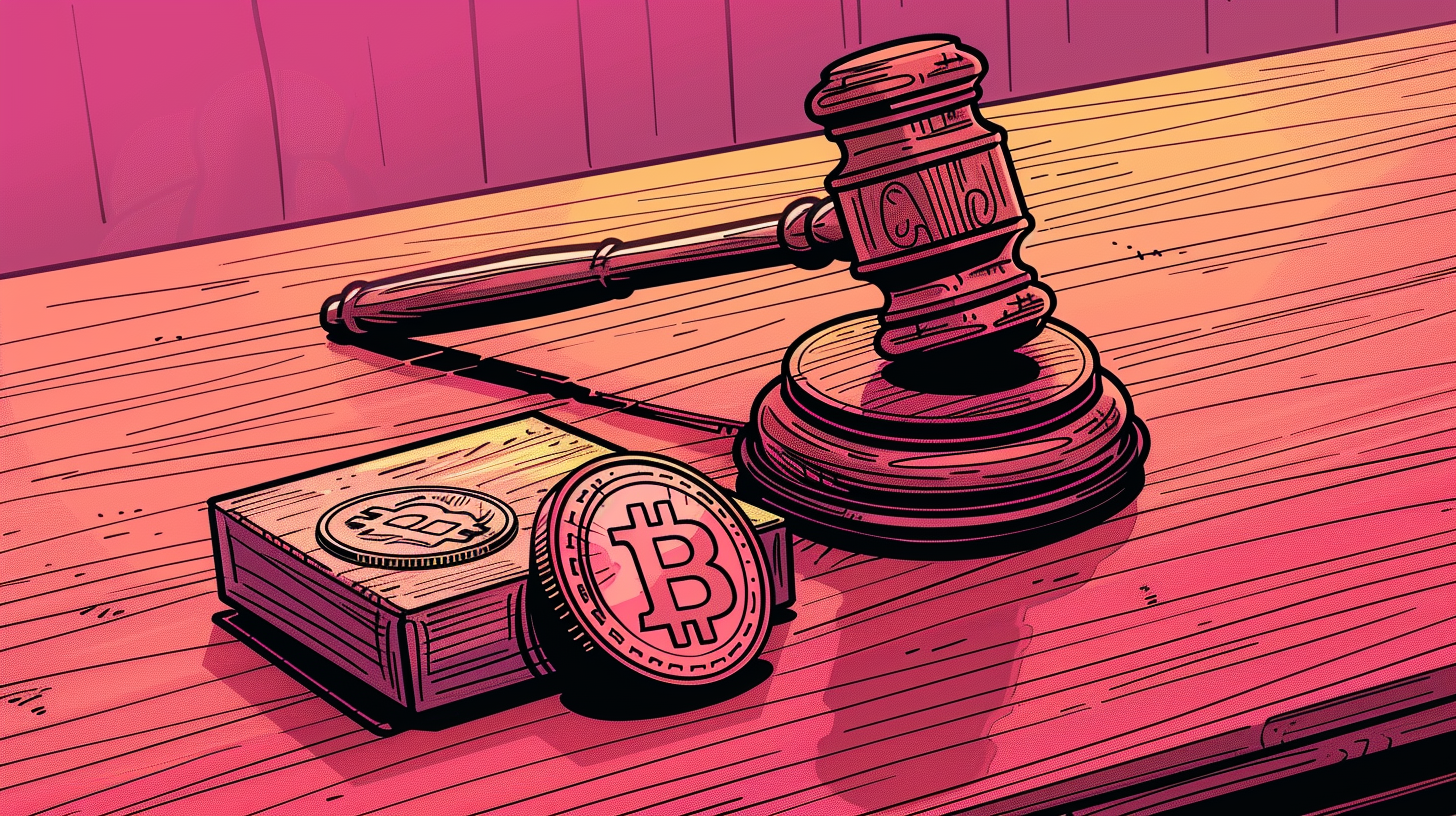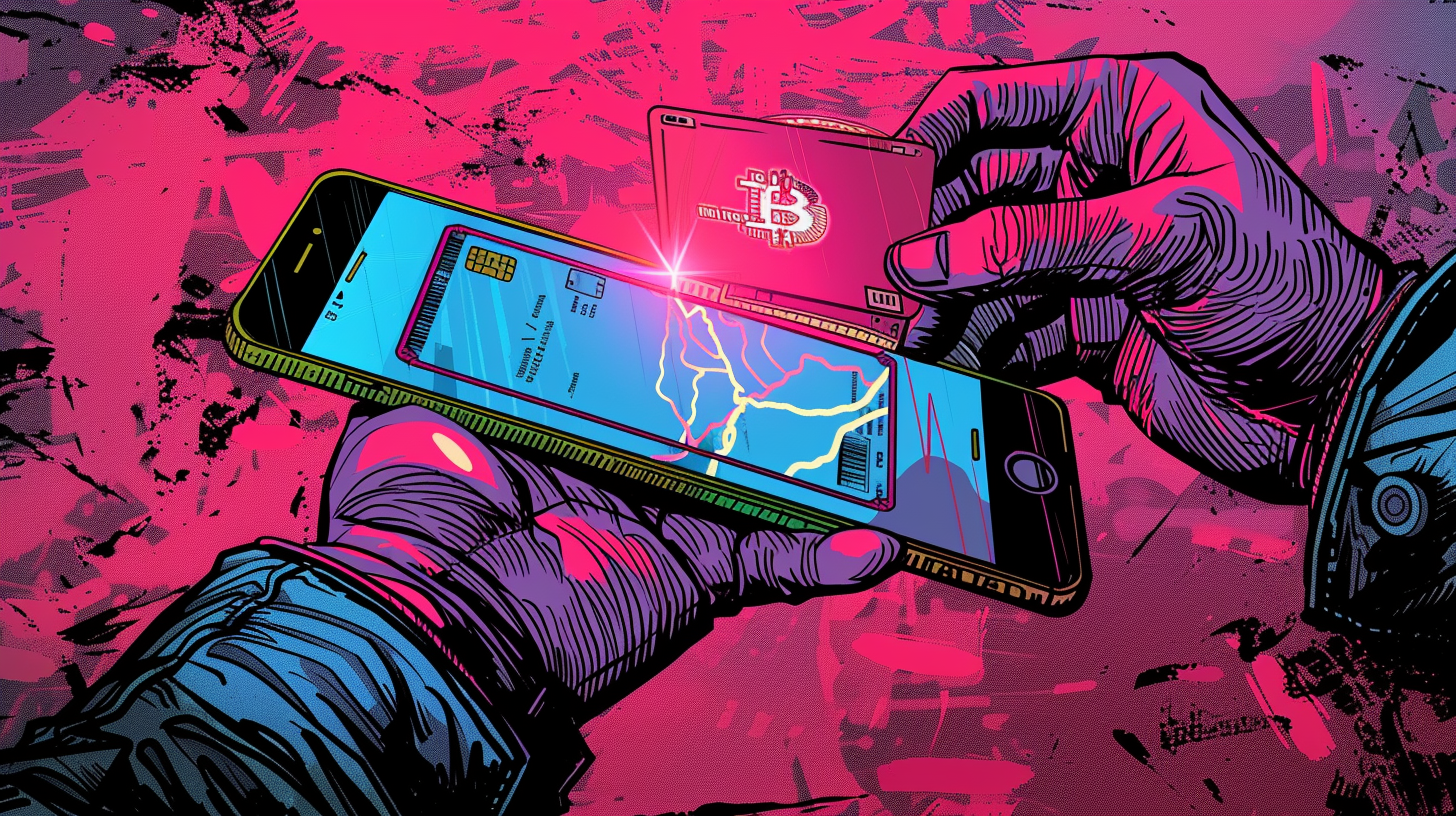Bitcoin Surpasses Silver in Historic All-Time High Surge

In a market already brimming with speculation and momentum, Friday delivered a financial milestone that made headlines around the world. Bitcoin, the world’s largest and most recognizable cryptocurrency, reached an all-time high, crossing 73,000 US dollars and pushing its total market capitalization beyond 1.4 trillion dollars. That figure was enough to overtake silver, which holds an estimated market cap of around 1.3 trillion dollars.
The achievement is more than symbolic; it marks the first time in history that Bitcoin has surpassed silver in total market value, establishing itself as the eighth most valuable asset globally. This digital asset, once considered a niche experiment for cryptographers and technologists, now sits just beneath gold in the global commodities rankings.
A Rally Built on More Than Hype
What makes this rally different from previous cycles is the nature of its momentum. In earlier surges, particularly in 2017 and 2021, Bitcoin’s rapid rise was largely driven by retail speculation and online enthusiasm. These bull runs were often followed by sharp corrections. This time, however, the climb feels more mature, more sustainable, and more grounded in structural shifts within the financial system.
Institutional capital is now a central character in Bitcoin’s story. The launch of spot Bitcoin exchange-traded funds in the United States earlier this year brought unprecedented inflows from asset managers, pension funds, and wealth advisors. With providers like BlackRock and Fidelity backing these products, Bitcoin has been woven into the portfolios of investors who previously viewed it with skepticism.
This is not a sideshow anymore, it is becoming part of the financial establishment, even as it continues to challenge it.
Digital Scarcity vs Industrial Utility
The fact that Bitcoin has overtaken silver, one of the oldest and most widely used store-of-value commodities, adds a poetic element to the data. Silver has thousands of years of monetary and industrial history behind it; from ancient coins to smartphone circuits, it remains essential across industries.
Bitcoin, by contrast, is immaterial. It is not minted or mined in the traditional sense. It exists entirely in code, enforced by a decentralized network and designed to be scarce. There will only ever be 21 million bitcoins in existence, and over 93 percent of that supply has already been mined. In an age defined by digital transformation, Bitcoin’s appeal lies precisely in what it is not; it cannot be inflated, seized, or physically confiscated.
The scarcity embedded in its design mimics gold’s value proposition, yet with a modern twist. Unlike silver or gold, Bitcoin is borderless, frictionless, and programmable. For a generation raised on the internet and increasingly wary of traditional financial institutions, that matters.
Adding fuel to the fire is the approaching Bitcoin halving, an event that occurs roughly every four years and reduces the reward given to miners by half. The next halving is scheduled for April and is already stirring excitement among long-time followers and new entrants alike.
Historically, halvings have preceded major price rallies. By reducing the supply of new Bitcoin entering circulation, they create a natural scarcity effect, especially when demand is rising. Previous halving cycles in 2012, 2016, and 2020 all coincided with dramatic upward price moves in the months that followed.
What is different now is that the price is already surging before the halving. That is a subtle but telling shift, suggesting that the market has become more forward-looking, perhaps even more efficient.
Skeptics Still Watching from the Sidelines
Despite its explosive growth, Bitcoin continues to divide opinion. Critics argue that the asset lacks intrinsic value, is too volatile to serve as a true currency, and consumes excessive energy in the mining process. Others see it as a speculative bubble, still inflated by liquidity and sentiment rather than fundamental use cases.
But while those concerns remain part of the conversation, they appear to hold less weight than in years past. Bitcoin has weathered regulatory crackdowns, high-profile exchange collapses, and multiple cycles of boom and bust. Each time, it has recovered, adapted, and grown.
The market seems to be pricing in resilience. The infrastructure surrounding Bitcoin, from institutional custody solutions to advanced derivatives markets, has evolved dramatically. So too has public perception. The question is no longer whether Bitcoin will survive; it is how large a role it will play in the global economy.
Bitcoin’s rise also speaks to larger macroeconomic shifts. In a time marked by inflation, geopolitical instability, and mistrust in institutions, a decentralized alternative to fiat currency becomes more than a curiosity, it becomes a hedge.
In emerging markets, Bitcoin adoption is growing rapidly. For citizens living under authoritarian regimes or dealing with unstable currencies, the ability to store and transfer value outside the reach of banks or governments is life-changing. In more developed economies, Bitcoin is increasingly viewed as a hedge against inflation and currency devaluation.
The use case may vary by geography, but the motivation is often the same: financial autonomy. Bitcoin offers an escape route from systems that many view as fragile, opaque, or exclusionary.
The Silver Moment: Not Just a Number
There is something undeniably powerful about surpassing silver. It is not just a market cap comparison, it is a cultural moment. Silver, for generations, has represented tangible wealth. It is the second-place finisher to gold in the hierarchy of physical stores of value. For Bitcoin to pass it, not just in price per unit but in total value, is a loud signal that the digital economy is not waiting for permission.
It also reframes Bitcoin’s narrative. For years, it has been referred to as digital gold. Now it is more than just metaphorically competing with metals; it is overtaking them. In doing so, Bitcoin challenges the idea that value must be rooted in the physical world. Instead, it proposes that scarcity, trustlessness, and transparency are the new pillars of value.
As the week came to a close, Bitcoin’s climb past silver felt like the beginning of a new chapter. The cryptocurrency is no longer a renegade trying to break in from the cold. It is seated firmly at the table of global assets, measured not by novelty but by valuation, liquidity, and adoption.
There will undoubtedly be corrections and challenges ahead. Markets do not rise forever, and Bitcoin’s volatility is well documented. But the long arc of its evolution, from obscure white paper to trillion-dollar asset, continues to curve toward mainstream legitimacy.
Bitcoin’s ascent past silver will be remembered not just for the price it hit, but for what it signified. In that moment, digital gold proved that it had more than just staying power. It proved it had weight.




